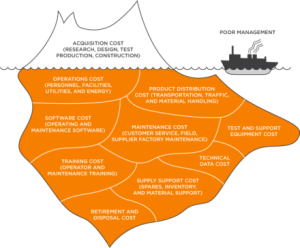 A recent item on Ryder’s Exchange blog notes that after nearly two decades of offshoring manufacturing across the Pacific, “some automotive, technology, aeronautics and consumer electronics companies have decided to ‘reshore’ their operations closer to home.”
A recent item on Ryder’s Exchange blog notes that after nearly two decades of offshoring manufacturing across the Pacific, “some automotive, technology, aeronautics and consumer electronics companies have decided to ‘reshore’ their operations closer to home.”
For many, Mexico has become the near-shore destination of choice, the article continues. The reasons? Ryder notes the economy is strengthening and “the trade benefits of NAFTA make Mexico an ideal sourcing partner.” In addition, “lower labor and shipping costs and proximity to facilities create a compelling case for keeping manufacturing, production, and assembly a drive or short flight away.”
I’ve written and blogged about the near shore vs. offshore debate in the past, because it comes down to a question of getting all of the math right. It’s imperative for companies to “do the math” when it comes to the off-shoring –or near-shoring—decision. By that I mean they should consider the total cost of ownership (TCO) early-on in the decision process for an outsourcing enterprise, whether foreign or domestic. They must delve beyond simply concentrating on lowest labor or lowest production costs and bring in all of the projected and actual costs that are involved. These can include training, distribution, maintenance and software costs, among many more. This is called using a “best value” approach; Vested recommends this to ensure long-term, collaborative win-win relationships, no matter the location.
So any move to Mexico has pitfalls if TCO and best value considerations are not fully explored. All markets, including Mexico, have pluses and minuses. Make sure you get the math right as you weigh your decision.
Image: The Priceberg